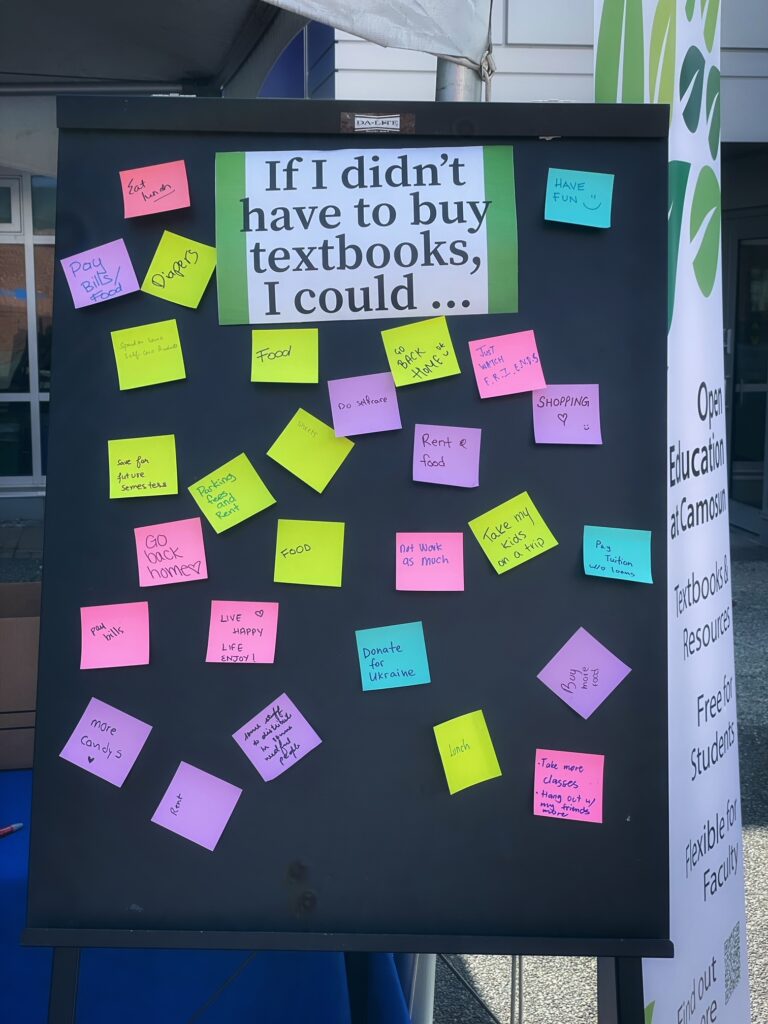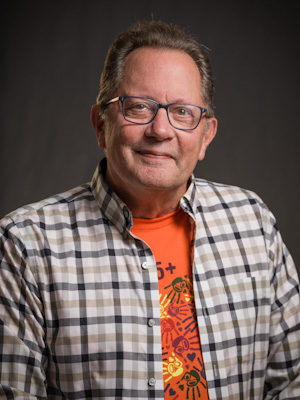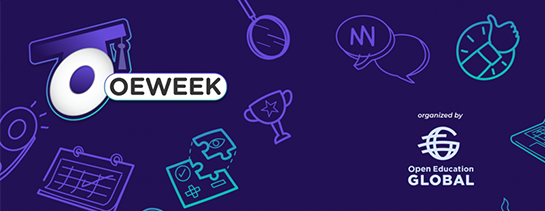Puja has, until recently when she moved into the Acting Associate Dean role in the School of Access, taught Math in both the Community Learning Partnership and the Academic Career Foundations programs. She is passionate about providing her students with access to free resources, especially since her programs are tuition free, and has adapted a combination of existing Open Textbooks for her courses. I was got to know Puja through the Open Ed Sustainability project where she worked to create an extensive math test bank in the MyOpenMath platform. Puja is also very generous with her time and her open resources, sharing them with colleagues across the college.
Puja, currently Acting Associate Dean of Access at Camosun College, has been here since 2008, starting as an instructional assistant in the math and upgrading help centres, then becoming an instructor in both the Community Learning Partnerships (CLP) and Academic Career Foundations (ACF) departments teaching upgrading mathematics and computer studies, as well as conducting math placement assessments for both CLP and ACF. But I know Puja best as a passionate champion of Open Education, working to provide her students, most of whom are in tuition-free programs, with free course materials. I interviewed her back in 2021 as part of a series of stories on the Open Sustainability project at Camosun, and last March she received a Camosun Open Education Recognition award, but I wanted to revisit her open work today.
Puja explained: “For a long time, I guided students to free online resources to support their learning because I didn’t want my students to pay to learn the basic things we were teaching. And in the fundamental Math upgrading courses, we used open textbooks. At the time, the texts we used had a few errors, but we were able to collaborate to improve them, and each term the materials got better. But while students in the fundamental courses didn’t have to pay for textbooks, once they moved up into higher levels, they were paying between $150 and $250 for a text. “It was ridiculous. Yes, some students could access Adult Upgrading Grant (AUG) funding and there were copies available for loan in our help centers, but not every student could take advantage of these options. I negotiated a lower price with the publisher of our textbook, but it was still not enough. We needed to find a way every student could access course resources for free. So, I talked with Sybil Harrison, then director of Learning Services, and she suggested looking at some open textbooks. At that time the idea was magical.” Puja spent a lot of time searching for the right open textbook. Some of the ones she found were American, lacking the Canadian context. Then in 2018, BCcampus awarded Camosun grant funding for open education, and Puja received some of that funding.
“I was doing a bit of this work off the side of my desk, but it’s hard when you’re working full-time. The grant meant I could finally focus on re-starting my hunt for an open textbook. The first one I found I quickly realized would not work for my students, but then I found another through our articulation group. This one had been authored by a colleague at another BC institution who knew the learning outcomes for our courses.” Puja filled in some gaps, made some corrections, and voila! She had an open textbook for her courses.
But since Puja taught online, she also wanted a platform where she could send my students to complete homework. That was when she discovered MyOpenMath, open platform where faculty can create and share math problems and students can complete them. “I was so pleased to find MyOpenMath. I had to learn a whole new coding language to use it, but it was worth it, and I’ve coded over 500 questions based on the open textbook I found. I can now also generate images – so if I give MyOpenMath the parameters, it randomly generates graphs and figures for the problems.”
One of the drivers behind Puja wanting to provide zero cost course resources for students in CLP is that CLP is a tuition-free program. “Students would ask, ‘Why should I pay for a textbook when the program is tuition free? It sounds like false advertising.’ In addition, I have worked in community with groups like the Bridges for Women’s Society and the Saanich Adult Education Centre (now W̱SÁNEĆ College) with students who don’t have access to additional funds for education – and for any student who wants to learn, textbook cost should never be a barrier to education.” The BCcampus grant helped Puja move towards her ultimate goal of having all the courses providing zero cost resources. “If I can make it work for one course, then we can do the others.”
I asked Puja what students say when they hear they don’t have to pay for textbooks. “Newer students don’t realize how amazing it is to not have to buy course materials – it’s normal for them. But my past students who struggled with those costs say that it’s a step in the right direction.” And when those students move on to other programs, they have some things to say about having to buy textbooks, which hopefully will encourage more instructors to move their courses to zero textbook cost.
I asked Puja how we can do better at Camosun to support faculty trying to engage in Open Education and move to zero cost course resources. “It has to come from the faculty members. There are many passionate faculty at the college doing quite a bit of work, and many others know about open textbooks and zero cost resources. They also know who to contact for support. So, the main thing is that faculty should be encouraged to take the risk. Use your Scheduled Development time if you’re a CCFA member – that’s perfect time to explore open textbooks. And often while you’re exploring, you’ll find something that you can use to supplement your courses.” In addition, Puja recommends the college find a way to provide course release for faculty members wanting to do this work because “everyone is so busy with their teaching responsibilities, and some faculty members may need additional support with the technical side of working with open resources.”
Finally, Puja says we need to listen to students. “When we hear directly from students about how they saved $200 on a textbook, and what they were able to do with that money, those are helpful conversations.” And she recommends we share those stories on our websites. “When faculty and others see real impact, they automatically want to do better for students.” And speaking of sharing, Puja says we also need faculty who are willing to share the work they have done. “If instructors see examples of high-quality open resources, and know that there is support available, they will come on board.”
One outcome of moving to open resources is the opportunity have students contribute to course resources in new and exciting ways. Puja said, “I’ve gathered about eight or ten questions developed by my students based on the topics they’re learning in class. I can put those questions in my textbook and give credit to the students who wrote them, so they see themselves in the textbooks. The parameters are that the questions need to be solvable, and that the students know the right answers.”
I wondered if, in her capacity as acting dean, Puja could share some ideas around how we can encourage college leadership to get more involved in open education initiative and support. “What we need to do is provide opportunities for collaboration, to encourage faculty and anyone who wants to learn about Open Education and give space for the work. If we can’t fund faculty ourselves, we should provide information about organizations that fund Open Ed work, so faculty can apply for grants or funds for developing OERs. We can also continue to recognize people engaging in Open Education work to encourage others to join in.” One other idea Puja had was for us to create space and workshops where faculty wanting to create and adapt open resources can come to work together. Of course, time is an eternal challenge for many faculty members, and while “continuing [CCFA] faculty have scheduled development time, we need to find ways to support term faculty to do this work as well.”
Puja also noted one other challenge that has come up in many conversations: the question of how students know if a course is zero textbook cost (ZTC). Currently there is no place to find this information at a glance, although Camosun is working on a course syllabus repository which would help, if ZTC information is included, and if the current version of the course uses the same materials. “We should provide clear information that a course is zero textbook cost. Then we could more easily track how many students register in that course because it is ZTC.”
But Puja also points out that simply having access to free course resources is not enough. “Students need access to a stable Internet connection, as well as a safe and quiet place to do their course work. And since they will incur printing costs if they prefer to have a hard copy of the resources, if we just provide the online textbook, we need to know if students have access to a free printer. There are so many layers to it.” But all we can do is keep moving forward in whatever way we can to reduce costs for students wherever possible.



 This year, we recognize Charlie Molnar, Biology, for his work revising, adapting, and creating Open Educational Resources since 2015. Charlie began his Open Education journey by working with Dr. Jane Gair, another Camosun Biology instructor, to substantially revise the Open textbook, Concepts of Biology, creating the
This year, we recognize Charlie Molnar, Biology, for his work revising, adapting, and creating Open Educational Resources since 2015. Charlie began his Open Education journey by working with Dr. Jane Gair, another Camosun Biology instructor, to substantially revise the Open textbook, Concepts of Biology, creating the 